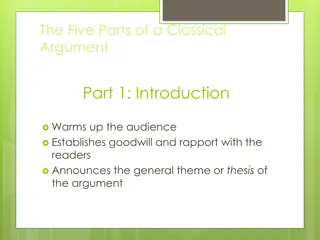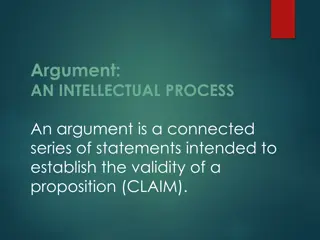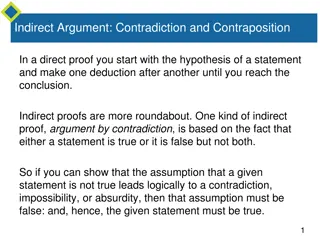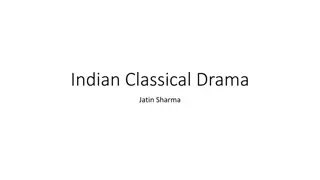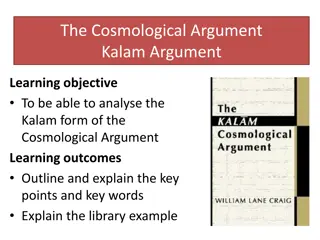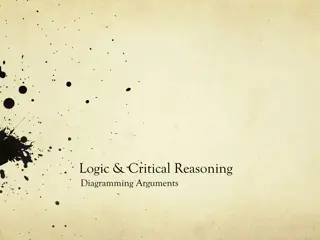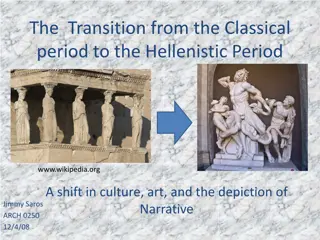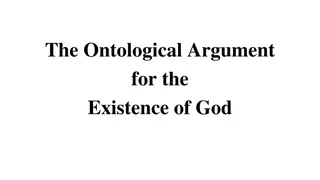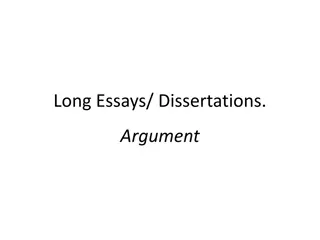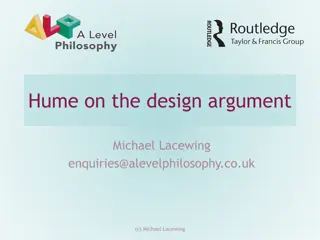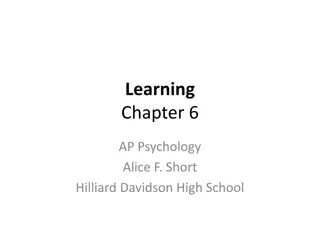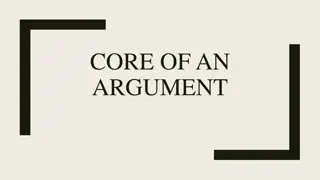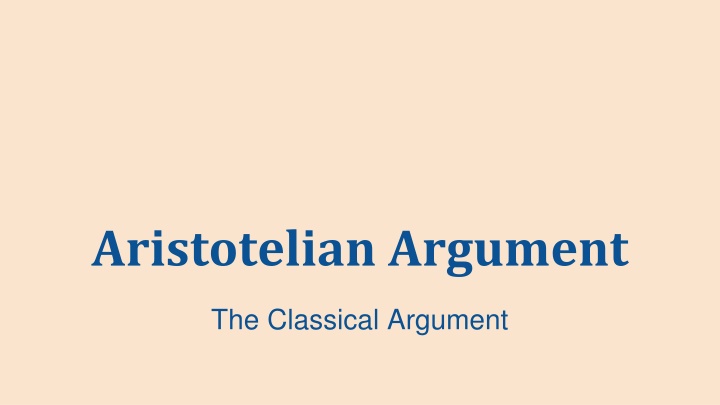
Mastering the Aristotelian Argument: A Classical Approach
Explore the Aristotelian argument developed by the Greek philosopher Aristotle, aimed at persuading readers to accept your viewpoint using pathos, ethos, and logos. Learn the basic format and essential parts of the Classical Argument, including the introduction, background, confirmation, refutation/concession, and conclusion. Enhance your writing skills with tips on structuring impactful introduction paragraphs and providing relevant background information.
Download Presentation

Please find below an Image/Link to download the presentation.
The content on the website is provided AS IS for your information and personal use only. It may not be sold, licensed, or shared on other websites without obtaining consent from the author. If you encounter any issues during the download, it is possible that the publisher has removed the file from their server.
You are allowed to download the files provided on this website for personal or commercial use, subject to the condition that they are used lawfully. All files are the property of their respective owners.
The content on the website is provided AS IS for your information and personal use only. It may not be sold, licensed, or shared on other websites without obtaining consent from the author.
E N D
Presentation Transcript
Aristotelian Argument The Classical Argument
What is the Aristotelian argument? Developed by Greek philosopher, Aristotle The goal is to convince the reader that your side of the issue should be accepted. Using pathos, ethos, and logos to help achieve your goal
Basic Format 1.Introduce your topic/issue. 2.Present your side by providing evidence that supports your stance. 3.Acknowledge the opposition. 4.Concede or refute the opposing side s evidence. 5.Wrap-up via your conclusion.
Parts of the Classical Argument I. Introduction II. Background A. Grabs the reader s attention B. Provides a reason or reasons for the urgency of the issue C.Thesis A. Provides needed information B. Helps the reader understand the argument.
Parts of the Classical Argument (2) III. Confirmation IV. Refutation/Concession A. Your position B. Provide evidence, reasons, etc. to defend your position A. Present the opposing side s argument B. Concede or refute each of the opposing side s points
Parts of the Classical Argument (3) V. Conclusion A. Summarize the main points B. Restate/rewrite your thesis and topic sentences C. Call to action
Introduction Paragraph Introduces the topic/issue Grabs the reader s attention Presents the significance Answers the question: Why should the reader be concerned, affected by, or care about the issue? Provides the stance (aka thesis)
Narrato/Background Includes relevant information Presents the context (historical background, recent changers, updates, current aspects) Factual, objective Provides the reader with both side s of the issue, so the reader can understand why the issue is controversial and why people are arguing about the issue
Confirmation Presents claims, facts, evidence, testimony, and reasons to defend the writer s stance (thesis) Strongest section of the argument Avoid summarizing evidence from other sources Only present evidence that is reliable and relevant
Counterarguments: Refutation and Concession Present opposition s side of the argument Then, address each point made by the opposition by either refuting or conceding each point The writer defends his/her/their stance.
Conclusion Summarizes the main points of the writer s argument Call to action Presents what will happen if changes do or do not occur for the future
Attribution Stelly, Kimberly. "Classical Argument Essay [Lesson/Rubric]." Strategies, Skills and Models for Student Success in Writing and Reading Comprehension. College Station: Texas A&M University, 2024. This work is licensed with a Creative Commons Attribution 4.0 International License (CC BY 4.0).


